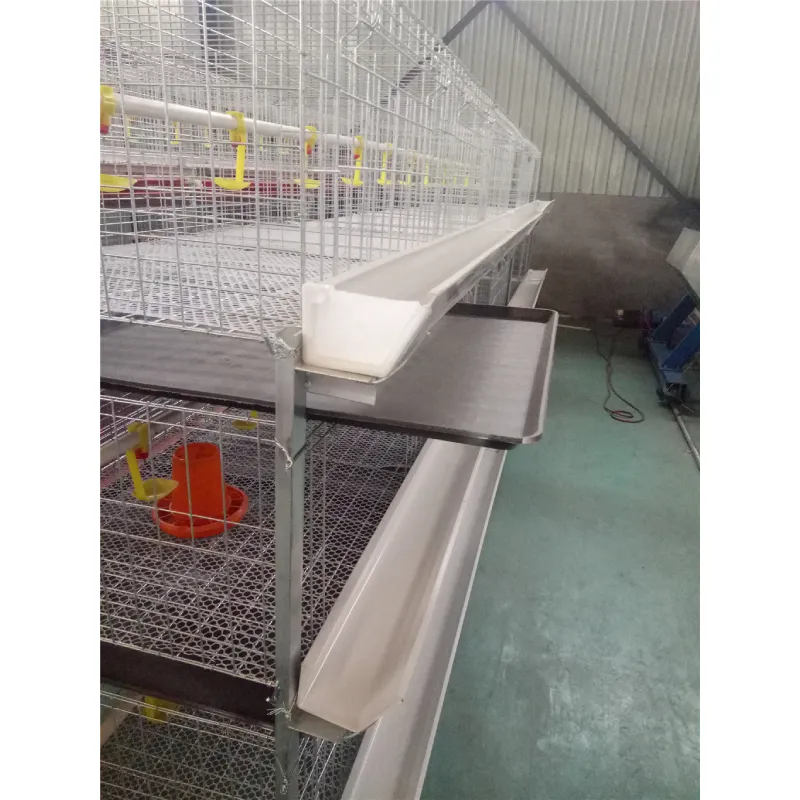Small Scale Fish Feed Production Equipment for Aquaculture Success
Aug . 17, 2024 04:39 Back to list
Small Scale Fish Feed Production Equipment for Aquaculture Success
The Importance of Small Fish Feed Machines in Aquaculture
Aquaculture has become an essential part of the global food supply system. As the demand for fish rises due to both population growth and changes in dietary preferences, producers are looking for efficient and sustainable ways to raise fish. One of the pivotal components in this process is the feed that farmed fish consume, and this is where small fish feed machines come into play.
Understanding Small Fish Feed Machines
Small fish feed machines are specialized equipment designed for producing high-quality fish feed in smaller quantities. These machines are particularly beneficial for small to medium-sized aquaculture operations, where enterprises may not have the capital to invest in large-scale feed production systems. These machines typically come in various designs, including extruders, pelletizers, and mixers, and can produce a range of feed types, from pellets to flakes, tailored to the specific dietary needs of different fish species.
Advantages of Small Fish Feed Machines
1. Cost-Effectiveness One of the primary advantages of small fish feed machines is their affordability. They are designed to be accessible for small business owners and farms, making it possible for more individuals to enter the aquaculture industry. Furthermore, by producing feed on-site, farmers can significantly reduce transportation and purchasing costs from third-party suppliers.
2. Customization Different species of fish require different nutritional profiles. Small fish feed machines allow farmers to customize their feed formulations to meet the specific needs of their fish. This means they can adjust protein levels, fat contents, and other nutritional factors to optimize growth rates and health conditions.
small fish feed machine

3. Freshness and Quality Producing feed on-site ensures that it is fresh and free from preservatives and additives commonly found in commercially purchased feeds. Fresh feed can lead to better growth performance and overall health for the fish being cultivated.
4. Waste Reduction By creating feed that meets the precise needs of their fish, farmers can reduce waste. This is important not only for economic reasons but also for environmental sustainability. Overfeeding can lead to water pollution and other environmental issues, while balanced feed helps maintain healthier aquatic ecosystems.
5. Automation and Ease of Use Many modern small fish feed machines come equipped with user-friendly interfaces and automated features. This reduces the need for skilled labor, allowing even those without extensive technical knowledge to operate the equipment effectively.
Environmental Considerations
As aquaculture continues to expand, the environmental impact of fish farming cannot be overlooked. Small fish feed machines contribute to a more sustainable aquaculture industry. They enable farmers to produce feed that is tailored to minimize waste and optimize resource use. Additionally, innovations in ingredient sourcing for feed—such as incorporating plant-based proteins—can contribute to a lower ecological footprint.
Conclusion
In conclusion, small fish feed machines are crucial in enhancing the aquaculture industry, particularly for smaller operators. Their cost-effectiveness, customization options, freshness, and sustainability practices make them an essential tool for modern fish farming. As the global demand for fish continues to rise, the role of these machines will only grow, helping to ensure that fish farming remains a viable and responsible source of food for years to come. Whether a seasoned aquaculturist or a newcomer to the industry, investing in a small fish feed machine could be a transformative decision, paving the way for healthier fish and a more sustainable future.
-
Hot Sale 24 & 18 Door Rabbit Cages - Premium Breeding Solutions
NewsJul.25,2025
-
Automatic Feeding Line System Pan Feeder Nipple Drinker - Anping County Yize Metal Products Co., Ltd.
NewsJul.21,2025
-
Automatic Feeding Line System Pan Feeder Nipple Drinker - Anping County Yize Metal Products Co., Ltd.
NewsJul.21,2025
-
Automatic Feeding Line System - Anping Yize | Precision & Nipple
NewsJul.21,2025
-
Automatic Feeding Line System - Anping Yize | Precision & Nipple
NewsJul.21,2025
-
Automatic Feeding Line System-Anping County Yize Metal Products Co., Ltd.|Efficient Feed Distribution&Customized Animal Farming Solutions
NewsJul.21,2025






